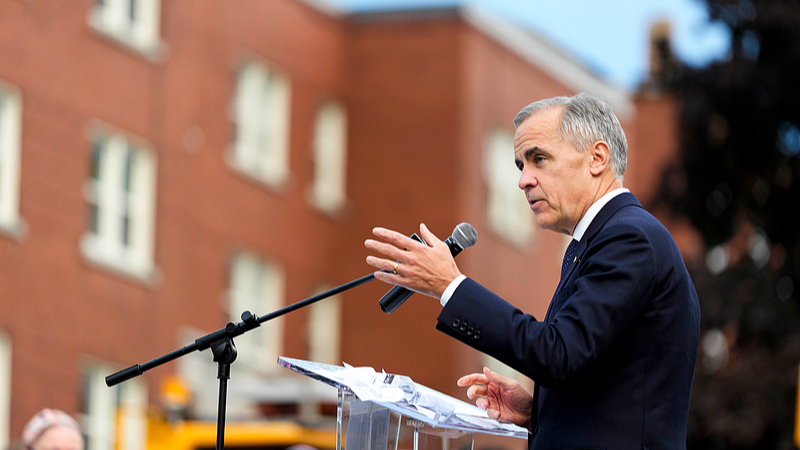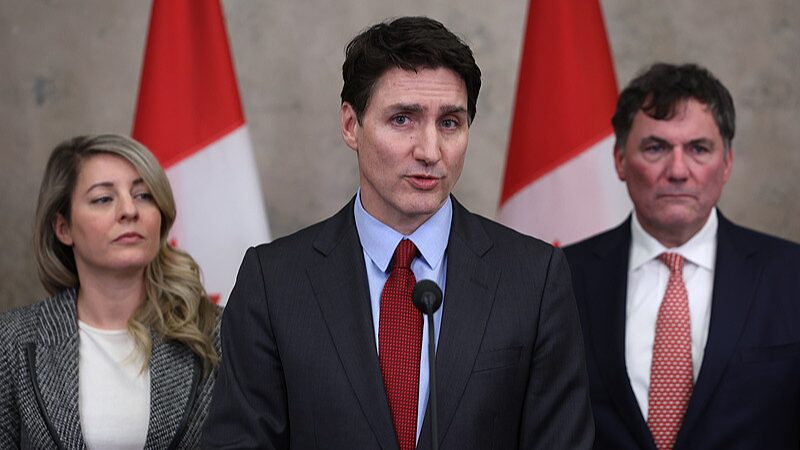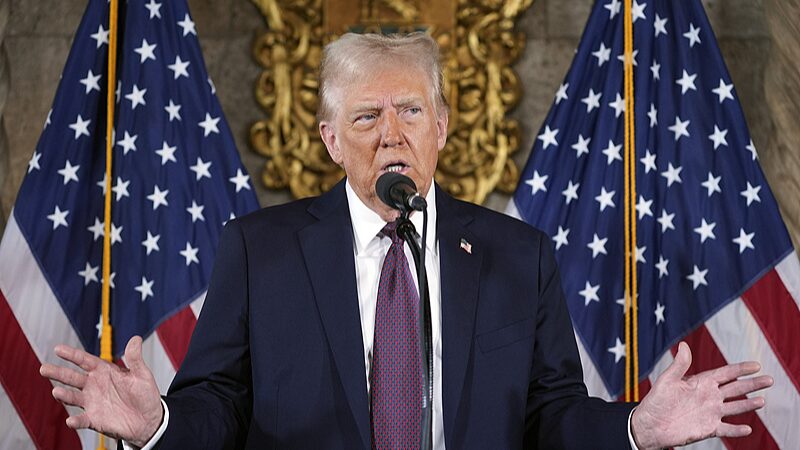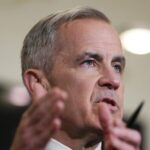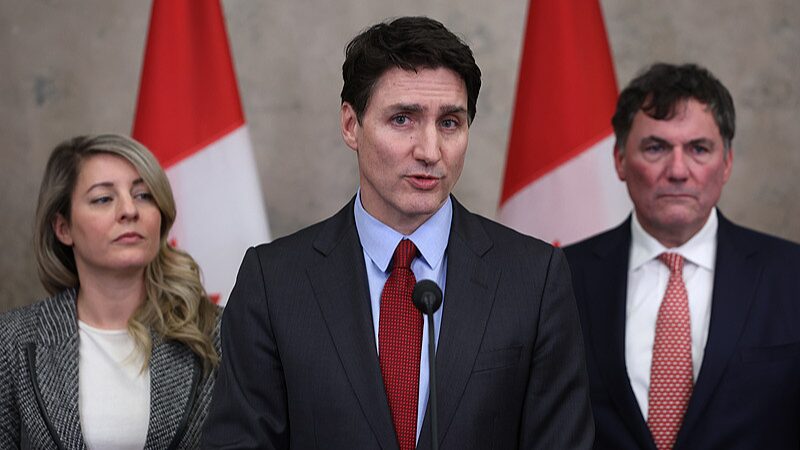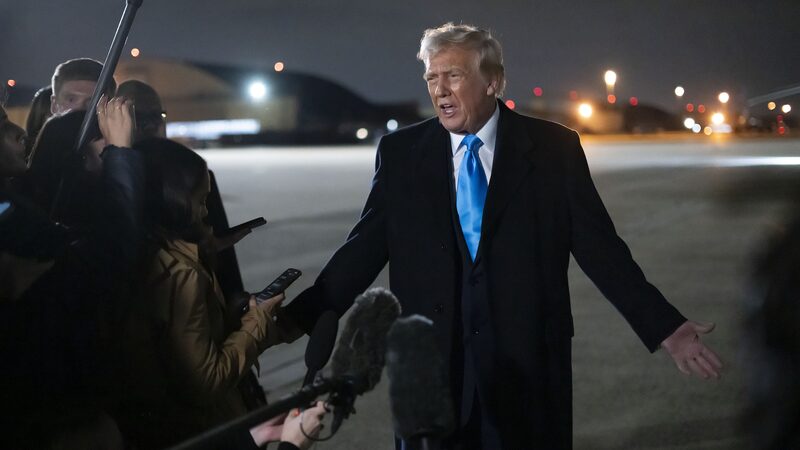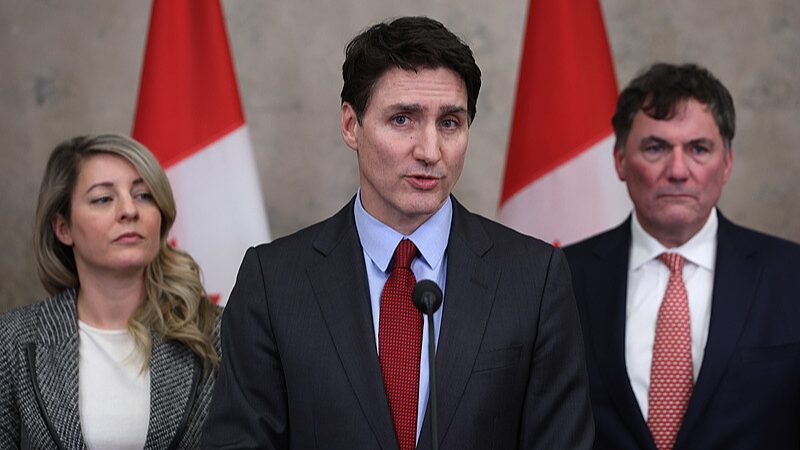Canadian Prime Minister Mark Carney announced a bold strategy on Wednesday to double the country's non-U.S. exports within the next decade, signaling a pivotal shift in trade priorities as tensions with Washington persist. The plan, outlined during a speech ahead of next month's federal budget, underscores Canada's push to reduce reliance on its southern neighbor and tap into emerging opportunities in Asia and other global markets.
"The nature of our trade relationship with the United States is changing," Carney stated, emphasizing the need to build resilience in "a more dynamic, competitive, and hostile world." He warned that without immediate action, economic pressures could intensify, requiring "sacrifices" and sustained effort over years.
This pivot comes amid ongoing tariff disputes between Ottawa and Washington, with Carney declaring Canada's traditional economic integration model with the U.S. "over" earlier this year. September's infrastructure plan—focusing on energy, mining, and port expansions—laid groundwork for domestic growth and export diversification.
Asia's rapidly expanding economies present a key opportunity for Canadian businesses, particularly in sectors like clean energy, agriculture, and advanced manufacturing. With the U.S. currently absorbing 75% of Canada's merchandise exports, analysts suggest Asian markets could offset risks from concentrated trade ties.
"This isn't just about reducing dependence—it's about positioning Canada as a global player," said Toronto-based trade analyst Linda Park. "Asia's middle-class growth and infrastructure demands align well with Canadian strengths."
The announcement has drawn attention from investors monitoring supply chain realignments and governments navigating post-pandemic economic recalibrations. Implementation details are expected in the upcoming budget, with sector-specific incentives likely to target tech innovation and export logistics.
Reference(s):
cgtn.com
